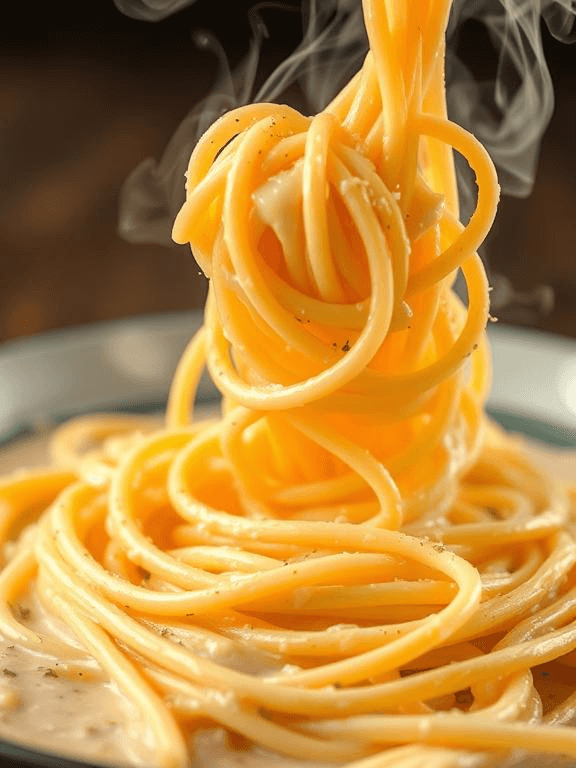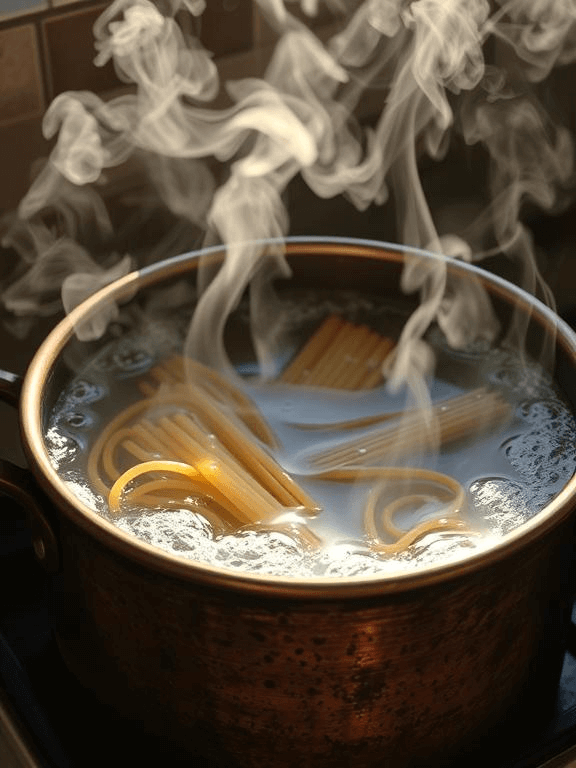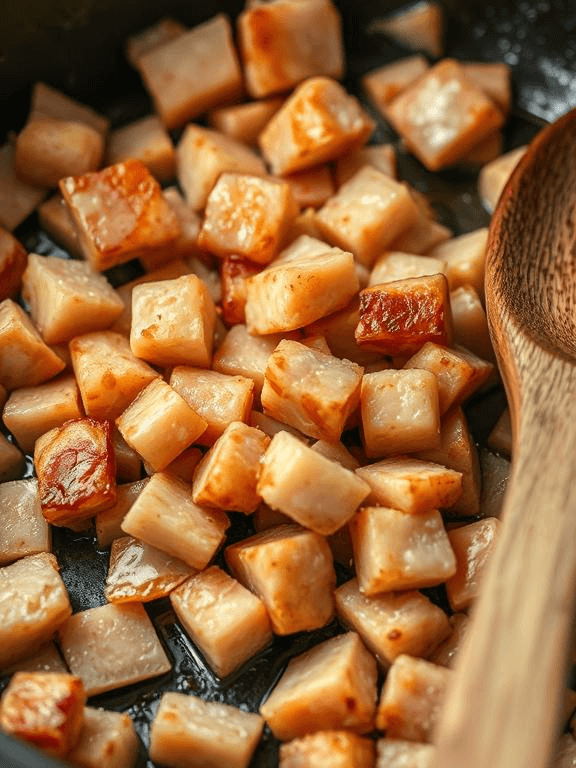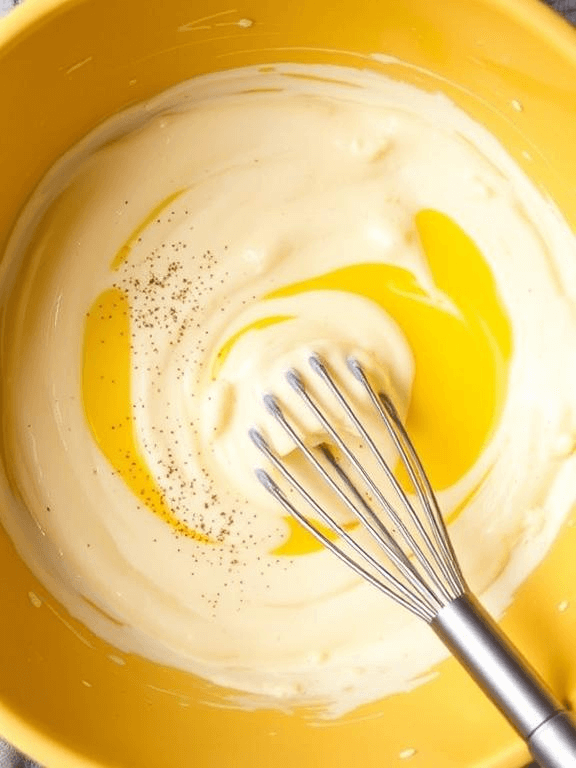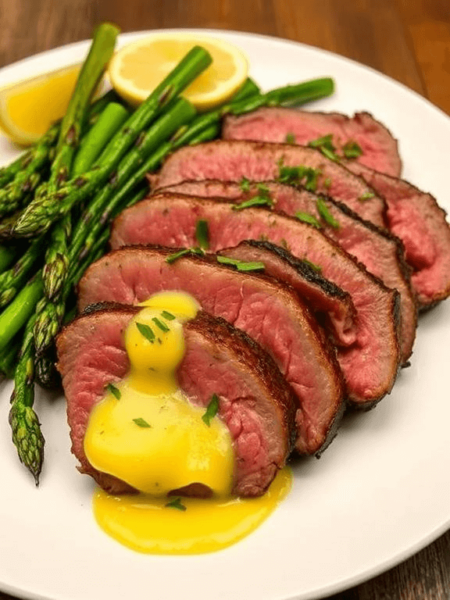There’s a cobblestone street in Rome’s Trastevere neighborhood where the scent of garlic and cured pork lingers like a love letter to hunger. I stumbled into a tiny trattoria there one chilly spring evening. My feet aching from wandering, and ordered carbonara on a whim. What arrived was a revelation: silky strands of pasta cloaked in a sauce that tasted like sunshine and midnight. No cream, no fuss, just eggs, cheese, and guanciale dancing in harmony.
The chef, a silver-haired Nonna named Maria, caught me licking the plate (subtly, I swear) and beckoned me into her kitchen. With hands weathered by decades of kneading and stirring, she showed me how to coax creaminess from humble ingredients. “Pazienza,” she repeated, tapping her temple. “The pan is your partner, not your enemy.”
Back home in my Brooklyn kitchen, I chased that memory through trial and error. Carbonara is deceptively simple, yet it demands respect. One rushed step and you’ll end up with scrambled eggs. But when done right? It’s a hug in a bowl.
This recipe is my love letter to Maria and her unwavering belief that magic lives in the details. I’ve added a whisper of lemon zest for brightness (controversial, I know purists, forgive me!), but the soul of the dish remains untouched.
Italian Holiday Carbonara: A Creamy Embrace of Simplicity
Description
Carbonara found me in a Roman trattoria, where a Nonna named Maria taught me its secrets: patience, quality ingredients, and no shortcuts. After years of perfecting it at home, I’ve learned that the best versions balance richness with simplicity.
My twist? A hint of lemon zest to cut through the decadence. It’s a small rebellion, but one that makes this classic feel new again.
Ingredients
Instructions
-
Boil the Water & Salt It Like the Sea
Fill your largest pot with water, add a palmful of salt (it should taste like the Mediterranean), and bring it to a rolling boil. The spaghetti goes in, and you set a timer for 1 minute less than the package says. We’ll finish cooking it in the sauce.
Chef’s Tip: Stir the pasta immediately after adding it to prevent clumping.
-
Render the Guanciale to Crispy Gold
While the pasta cooks, I toss diced guanciale into a cold skillet. Turning the heat to medium-low, I let the fat melt slowly, stirring until the pieces turn crisp and amber. I remove the pan from the heat to cool slightly—this prevents scrambling the eggs later.
Chef’s Tip: Save the rendered fat! It’s liquid gold for the sauce.
-
Whisk Eggs & Cheese into Velvet
In a bowl, I whisk eggs, yolk, pecorino, parmigiano, pepper, and lemon zest (if using) until smooth. The mixture should coat the back of a spoon like custard.
Chef’s Tip: Tempering the eggs with pasta water prevents curdling.
-
Marry Everything with Confidence
I drain the pasta, reserving 1 cup of starchy water. Tossing the hot spaghetti into the guanciale pan, I quickly add the egg mixture and ¼ cup pasta water. Vigorous stirring emulsifies the sauce into a glossy cloak. More water adjusts the consistency.
Chef’s Tip: Work fast and trust the residual heat to cook the eggs gently.
Nutrition Facts
Servings 4
- Amount Per Serving
- Calories 650kcal
- % Daily Value *
- Total Fat 32g50%
- Saturated Fat 12g60%
- Cholesterol 245mg82%
- Sodium 980mg41%
- Potassium 240mg7%
- Total Carbohydrate 58g20%
- Dietary Fiber 3g12%
- Sugars 2g
- Protein 28g57%
* Percent Daily Values are based on a 2,000 calorie diet. Your daily value may be higher or lower depending on your calorie needs.

